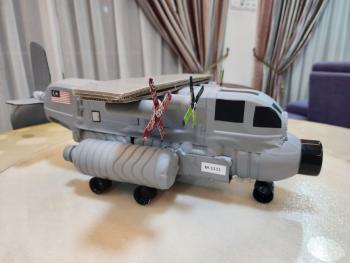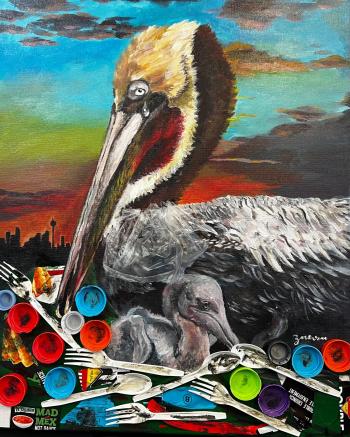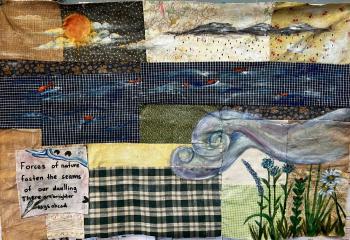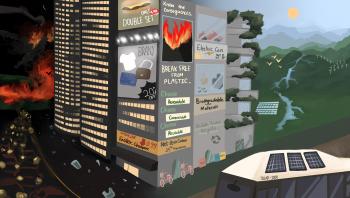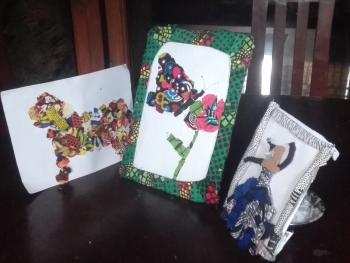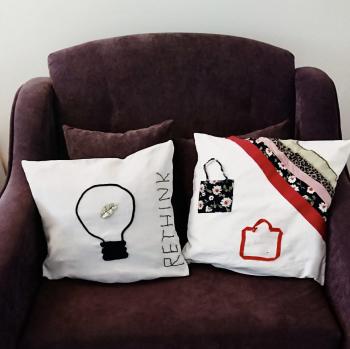2023 RCE Youth Art Challenge Awardees
In 2023, the Global RCE Service Centre at the United Nations University Institute for the Advanced Study of Sustainability (UNU-IAS), in partnership with UNESCO, held the RCE Youth Art Challenge: From Waste to Art.
The Challenge asked participants to create artwork to inspire others around the world to use resources more efficiently, reduce waste, and ultimately shift to sustainable consumption and production. Artworks demonstrated the actions that participants and their local community have been taking, with a focus on SDG 12 (Responsible Consumption and Production).
Submissions were received across three categories (15 years and under, 16-25 years, and 26-35 years), with 212 entries coming from 34 countries. Artworks were expressed through a range of mediums, including craft work, paintings, sculptures, and digital art.

Below are the awardees - congratulations to all!
Click on the '15 years and under', '16-25 years' and '26-35 years' buttons below to see the winners within each category.

Click on each artwork below to see it displayed in full.




